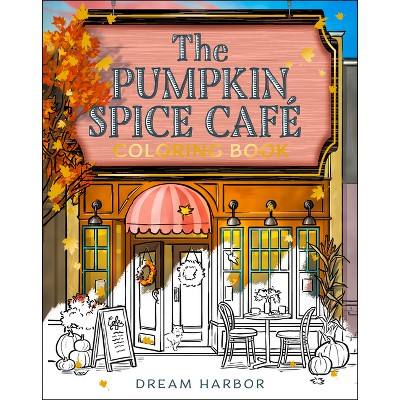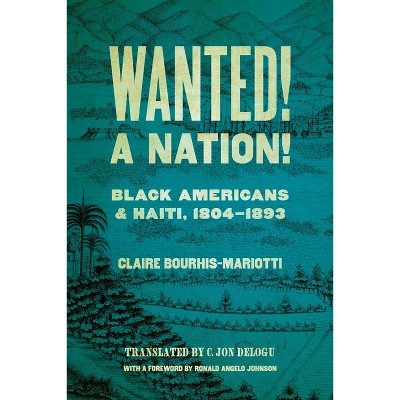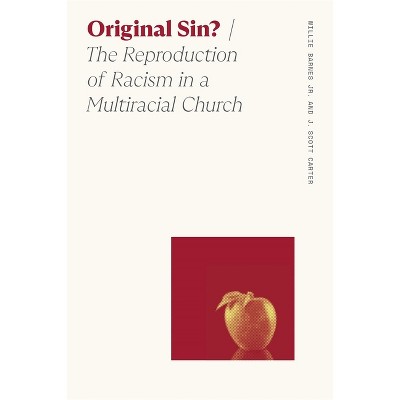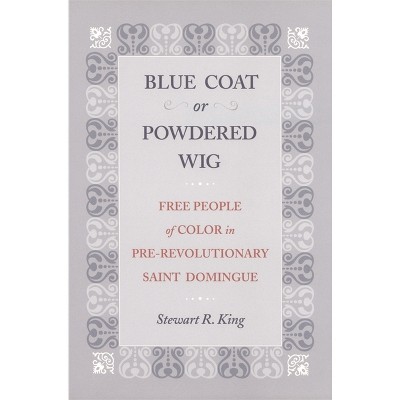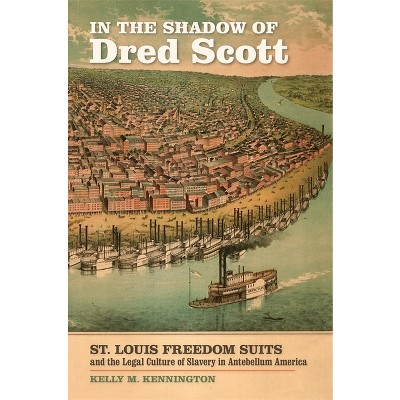About this item
Highlights
- In Jazz Age Montmartre, African American musicians arrived in response to a demand for American dance rhythms.
- About the Author: ROBERT TOMLINSON is a Jamaican American artist and scholar of French literature.
- 280 Pages
- History, Europe
Description
Book Synopsis
In Jazz Age Montmartre, African American musicians arrived in response to a demand for American dance rhythms. Hallowed entertainment venues acquired jazz orchestras, and a plethora of clubs sprang up in the narrow streets around the rue Pigalle and the rue Fontaine, creating a jazz-fueled dance culture. On this self-contained island in Paris, far from their racist homeland, these performers established an imperfect utopia. In Black Montmartre in the Jazz Age, Robert Tomlinson guides readers down these streets and into clubs and theaters in an eff ort to reveal what this unique neighborhood looked like to the Black Americans who were forced to search abroad for their American Dream.
Though faced with resistance from some of their white compatriots--namely American media and clubgoers--a relatively benign and tolerant French society allowed Black artists to attain a level of social and economic achievement that was denied to them in the United States. Black Montmartre in the Jazz Age provides a focused and detailed narrative, undeveloped in previous studies, that depicts the decline of the clannish white "society dancings" of the rue Caumartin and the parallel rise of Black-owned and -managed clubs in Pigalle.I
f the colorful, turbulent lives of these Black expatriates seem at times the trivial chatter of gossip columns, the battles they fought and the collaborations in which they engaged with white entrepreneurs constitute what Tyler Stovall called the "nation's conflicted journey into the modern age," conflicts not without significance for our own time and mirrored by the microcosm of Black Montmartre.
Review Quotes
Black Montmartre in the Jazz Age is a colorful history of the period by an author who demonstrates an impressive knowledge of Montmartre and a real engagement with his subject.--David Looseley "author of Popular Music in Contemporary France: Authenticity, Politics, and Debate and Édith Piaf: A Cultural History"
Rather than a standard history, Black Montmartre in the Jazz Age reads more like an engaging, old-fashioned gossip column in places, laced liberally with pertinent quotes and humorous anecdotes. The reader is given the feeling of being led on a historical tour along the streets of Paris's Montmartre quarter and inside the various clubs and other performance venues of that period, often complete with descriptions of their décor and provenance.--Allison Blakely "author of Blacks in the Dutch World: The Evolution of Racial Imagery in a Modern Society"
Tomlinson's new history of Black Montmartre brings a new perspective to the 1920s through a high-octane tour through one of Paris' most famous neighborhoods. He captures the efforts of musicians, dancers, and club owners to make a space of freedom, but also reveals how their utopian hopes became complicated by racism, violence, and the cost of doing business. He also busts some long-repeated myths about the experience of Black performers to tell a more nuanced story. Intertwining jazz, dance, and pop culture, Tomlinson's vivacious storytelling highlights the promise and the limits for African Americans in the City of Light.--Jeffrey H. Jackson "author of Paper Bullets and Making Jazz French"
About the Author
ROBERT TOMLINSON is a Jamaican American artist and scholar of French literature. He is
a professor emeritus in the French and Italian Department at Emory University. Author of more than a dozen peer-reviewed articles in both French and English, he has also written two previous books, Exiles: A Poem with Original
Woodcuts and La Fête Galante: Watteau et Marivaux. He currently lives in Paris.


